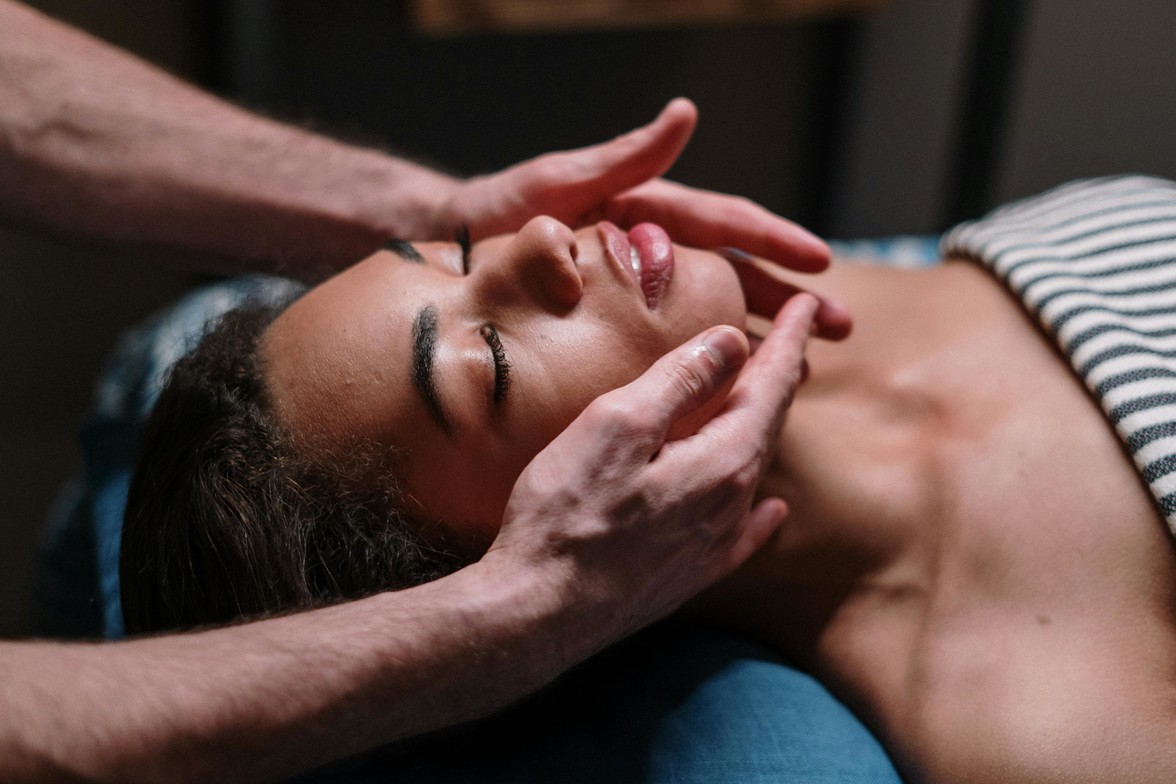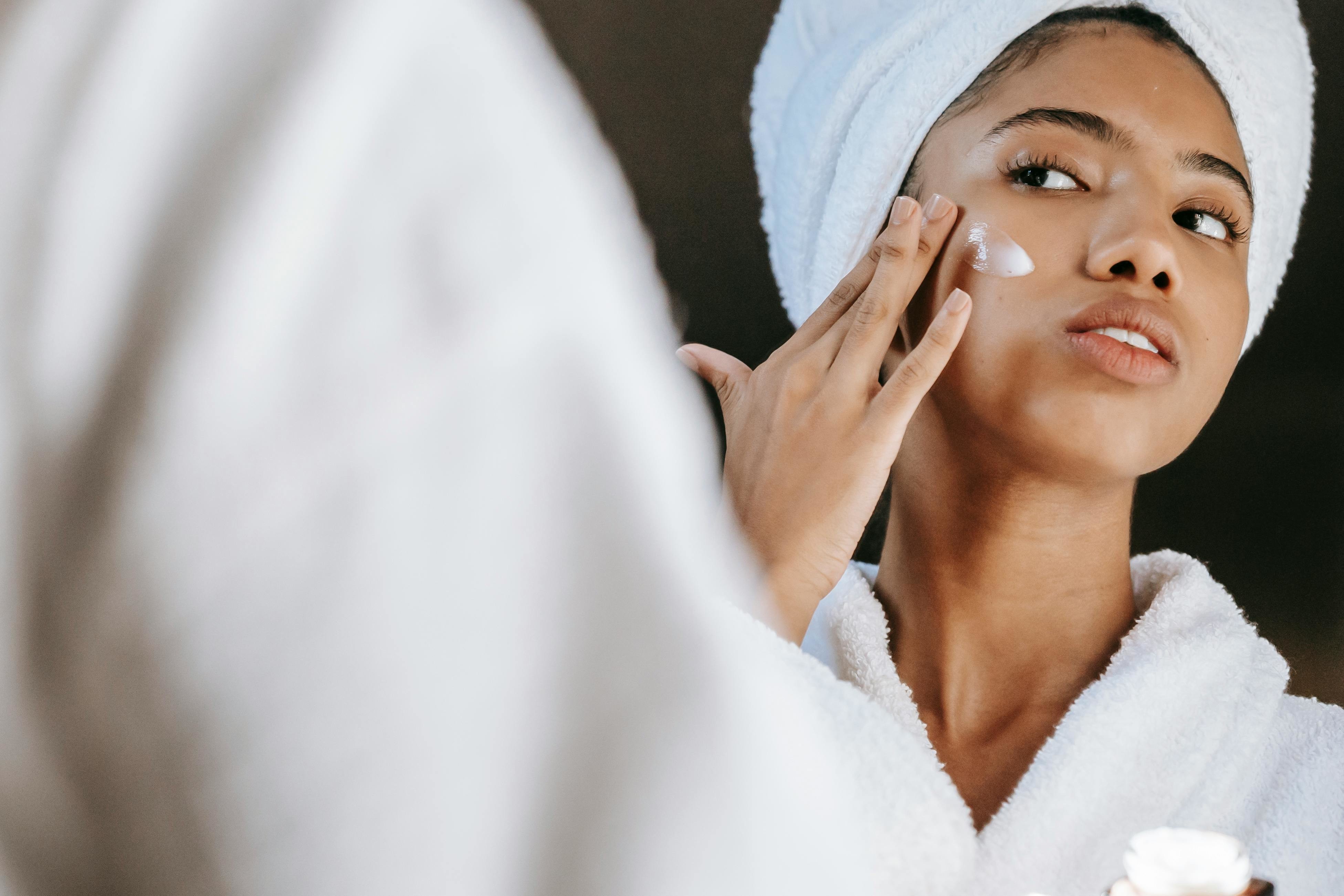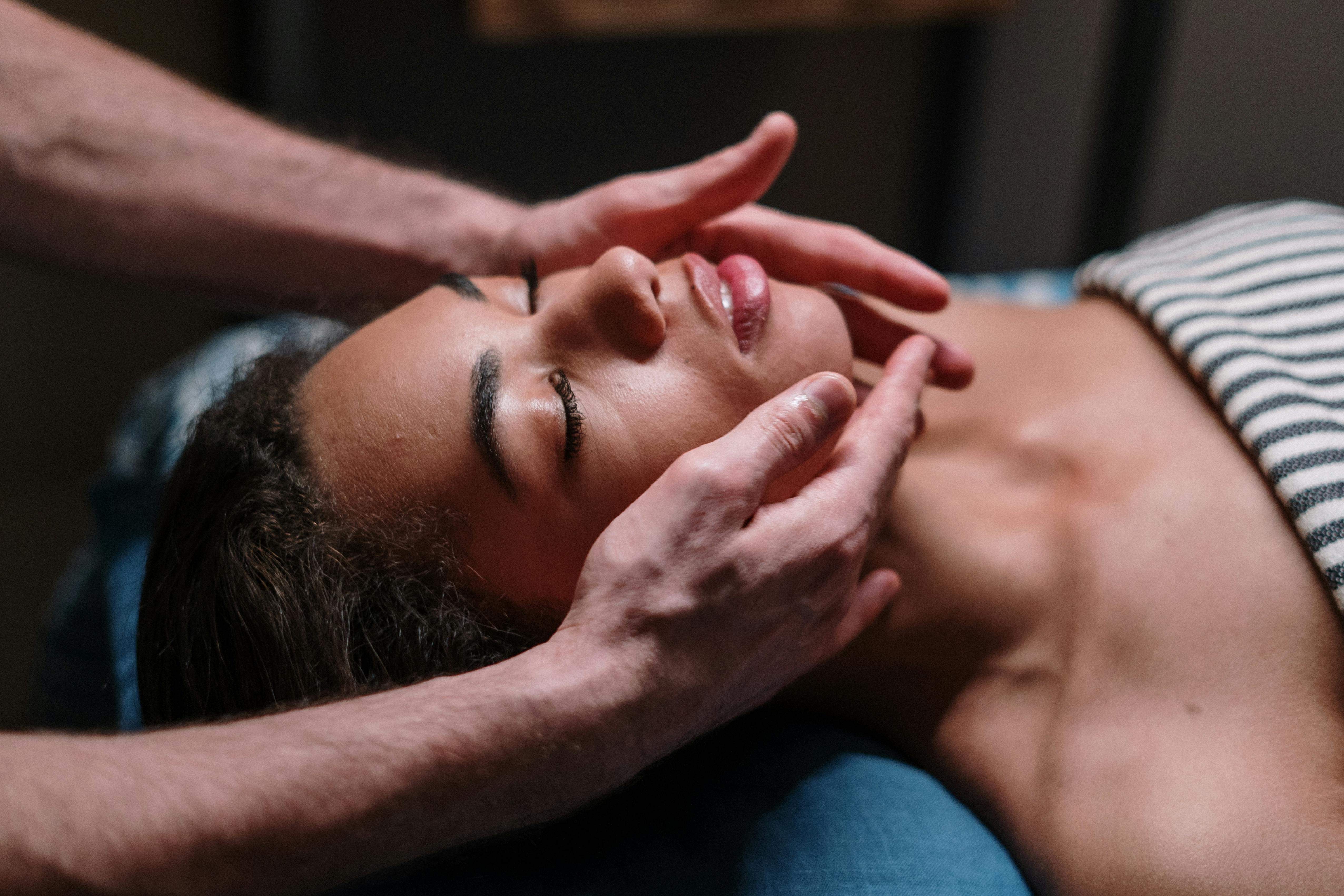
In recent years, manual lymphatic drainage therapy has gained attention for its holistic benefits, especially among people seeking natural ways to boost their immune system, reduce inflammation, and feel more energized. While often associated with post-surgical recovery, this gentle therapy holds much broader potential — particularly when it comes to managing seasonal allergies, boosting detoxification of the body, and promoting overall wellness.
What Is the Lymphatic System?
Before diving into the details on this therapy itself, let’s unpack the lymphatic system, one of the body’s most critical, yet often overlooked, systems. Your lymphatic system is a network of vessels, tissues, and organs that work together to:
- Transport lymph (a fluid containing white blood cells) throughout the body and work it back into the circulatory system (your bloodstream)
- Support immune function by identifying and destroying old or abnormal cells as well as invasive substances such as bacteria, viruses, and parasites
- Maintain normal fluid levels in the body by collecting excess and returning it to the bloodstream for filtration
- Help the body absorb fats ad fat soluble vitamins
Unlike your circulatory system, the lymphatic system doesn’t have a central pump like the heart does. It relies on muscle movement, breathing, and manual stimulation to move lymphatic fluid effectively. When this flow becomes sluggish or blocked — due to poor diet, stress, lack of movement, or illness — toxins can accumulate, inflammation can increase, and your immune system can even weaken.

So… What Is Lymphatic Drainage Therapy?
Lymphatic drainage therapy (LDT) is a gentle, rhythmic massage technique designed to encourage the natural movement of lymphatic fluid throughout the body. Trained massage therapists use almost feather-light, sweeping motions to stimulate lymph flow and help clear congestion in the lymph nodes and vessels. This supports the body’s natural detoxification process and can lead to a variety of health benefits, which is what makes it so popular post-surgery.
An important distinction between lymphatic drainage therapy (LDT) and traditional massage lies in the location and function of the systems they target. The majority of the lymphatic system is anatomically superficial to the muscular system, meaning it lies just beneath the skin and above the muscle tissue. Because of this, the techniques used in LDT are designed to work at the surface level of the body, not deep into the muscles like traditional massage.
The pressure used in LDT is incredibly light and delicate — just enough to gently stretch and shift the skin without compressing any deeper tissues. This gentle pressure is used specifically because too much pressure can actually collapse the fragile lymphatic vessels, disrupting the flow of lymph instead of stimulating it.
In contrast, massage therapies like sports massage or deep tissue massage use firmer strokes to target deeper structures, such as fascia and muscle fibers, with the goal of relieving tension and improving range of motion. LDT, on the other hand, follows specific lymphatic pathways and directional flow to encourage drainage toward the nearest lymph nodes. It is a precision-based, rhythmic technique that emphasizes gentle, repetitive, and directional strokes, making it uniquely suited for detoxification, immune support, and inflammation reduction — rather than muscular release.
Popular Benefits of Lymphatic Drainage Therapy

1. Reduces Symptoms of Seasonal Allergies
If you suffer from seasonal allergies - like most people in Nashville - during spring and fall, lymphatic drainage therapy may be a game changer. Allergies are essentially an overreaction of the immune system to harmless substances like pollen (which Tennessee seems to have an abundance of). As your body battles those allergens, it produces histamines, leading to inflammation and congestion — especially in the sinus and respiratory areas.
By enhancing lymphatic flow, LDT helps:
- Clear excess fluid from the sinuses and facial areas
- Reduce inflammation in the nasal passages
- Decrease the frequency and severity of allergy symptoms
Many clients report clearer breathing, less sinus pressure, and reduced need for antihistamines after regular sessions during allergy season.
2. Detoxifies the Body
The lymphatic system also plays a major role in detoxification by transporting waste products away from tissues and back into the bloodstream for elimination.
A sluggish lymphatic system can contribute to:
- Fatigue
- Brain fog
- Swelling or bloating
- Skin breakouts
LDT supports natural detox by accelerating lymph flow, helping the body eliminate waste more efficiently, and preventing toxin buildup that can lead to inflammation or illness.

3. Boosts Immune Function
The lymphatic system is an essential component of your immune system. Lymph carries white blood cells throughout the body and helps detect and fight pathogens. When the lymphatic system is supported through LDT, the immune system becomes more responsive and efficient, meaning the potential for:
- Faster recovery time when ill
- Better resistance to environmental stressors (like allergens or pollutants)
This makes lymphatic drainage therapy an excellent addition to preventive measures during cold and flu season, or when allergies are at their peak.

4. Reduces Swelling and Inflammation
Whether caused by injury, surgery, or chronic conditions like lymphedema, fluid retention and swelling can be uncomfortable and sometimes even painful.
LDT helps:
- Drain excess interstitial fluid (fluid trapped in tissues)
- Reduce puffiness in areas like the face, legs, or abdomen
- Soothe inflamed joints or tissues
This makes it a favorite among post-operative patients, athletes, and people managing chronic inflammatory conditions.

5. Improves Skin Health
Your skin is one of the first places where lymphatic congestion becomes visible — in the form of:
- Puffiness
- Acne or breakouts
- Dull or uneven tone
By encouraging healthy circulation and toxin removal, LDT can lead to:
- Brighter, clearer complexion
- Reduced facial swelling (especially around the eyes)
- Smoother skin texture

6. Promotes Relaxation and Stress Relief
The therapy itself is incredibly soothing and meditative. The gentle, repetitive strokes activate the parasympathetic nervous system (rest-and-digest mode), helping reduce cortisol levels and promoting deep relaxation.
Many people report:
This relaxation component further supports immune health, hormonal balance, and overall well-being.

Let’s bust some myths!
That said, there are plenty of myths about what else LDT can do. While its range of benefits is great, it’s not actual magic. It’s important to remember that one change to your routine won’t fix everything in the blink of an eye. While some people feel immediate results like reduced puffiness or clearer sinuses, lymphatic drainage is a cumulative process, not a one-time detox miracle. The lymphatic system moves slowly by nature, and chronic stagnation may require multiple sessions, plus lifestyle changes (hydration, movement, dry brushing, etc.) to fully support drainage.
Also, a true detox isn't about flushing everything out at once — it's about supporting your body’s natural processes gently and consistently. Overdoing lymphatic stimulation without adequate hydration or elimination pathways can even backfire, leading to fatigue or nausea.
Another common misconception is that LDT is a weight-loss treatment — and while lymphatic drainage can reduce bloating and water retention, it does not directly cause fat loss. The temporary slimming effect some people notice after a session (especially in the face, abdomen, or legs) is due to a reduction in excess fluid, not actual weight or fat loss. LDT supports the body’s detox pathways, improves circulation, and can help reduce inflammation — all of which contribute to feeling lighter and more energized. But for sustainable weight loss, you still need to focus on nutrition, movement, and metabolic support. All in all, think of lymphatic drainage as a complementary therapy, not a substitute for lifestyle habits.
Who Can Benefit from Lymphatic Drainage Therapy?
LDT is suitable for most people, especially those who experience:
- Seasonal or chronic allergies
- Sinus congestion or frequent colds
- Swelling in the limbs or face
- Low energy or sluggishness
- Hormonal imbalances
- Post-surgery recovery needs
- Chronic pain or inflammation
- Acne or skin issues
It’s also a popular option for people seeking a non-invasive, holistic approach to detoxification and rejuvenation.
However, LDT may not be recommended for individuals with certain health conditions, such as:
- Congestive heart failure
- Kidney disease
- Active infections
- Blood clots or deep vein thrombosis
Always consult your healthcare provider or a licensed therapist before beginning treatment.

In sum, lymphatic drainage therapy is much more than a relaxing massage — it’s a powerful, natural tool for immune support, detoxification, and inflammation relief. For allergy sufferers in particular, LDT offers a gentle yet effective way to ease symptoms, reduce reliance on medication, and support long-term wellness. Whether you’re dealing with seasonal sniffles, recovering from surgery, or simply feeling sluggish and bloated, giving your lymphatic system a little extra care could be the reset your body needs.
Looking to try lymphatic drainage therapy?
We’re lucky enough to say that Racheal, our massage therapist, is certified in manual lymphatic drainage therapy! So, what are you waiting for? Book your first lymphatic drainage session now; your immune system — and your sinuses — will thank you.
Sources
Cleveland Clinic
Dr. Heather Champion
Contact Me



